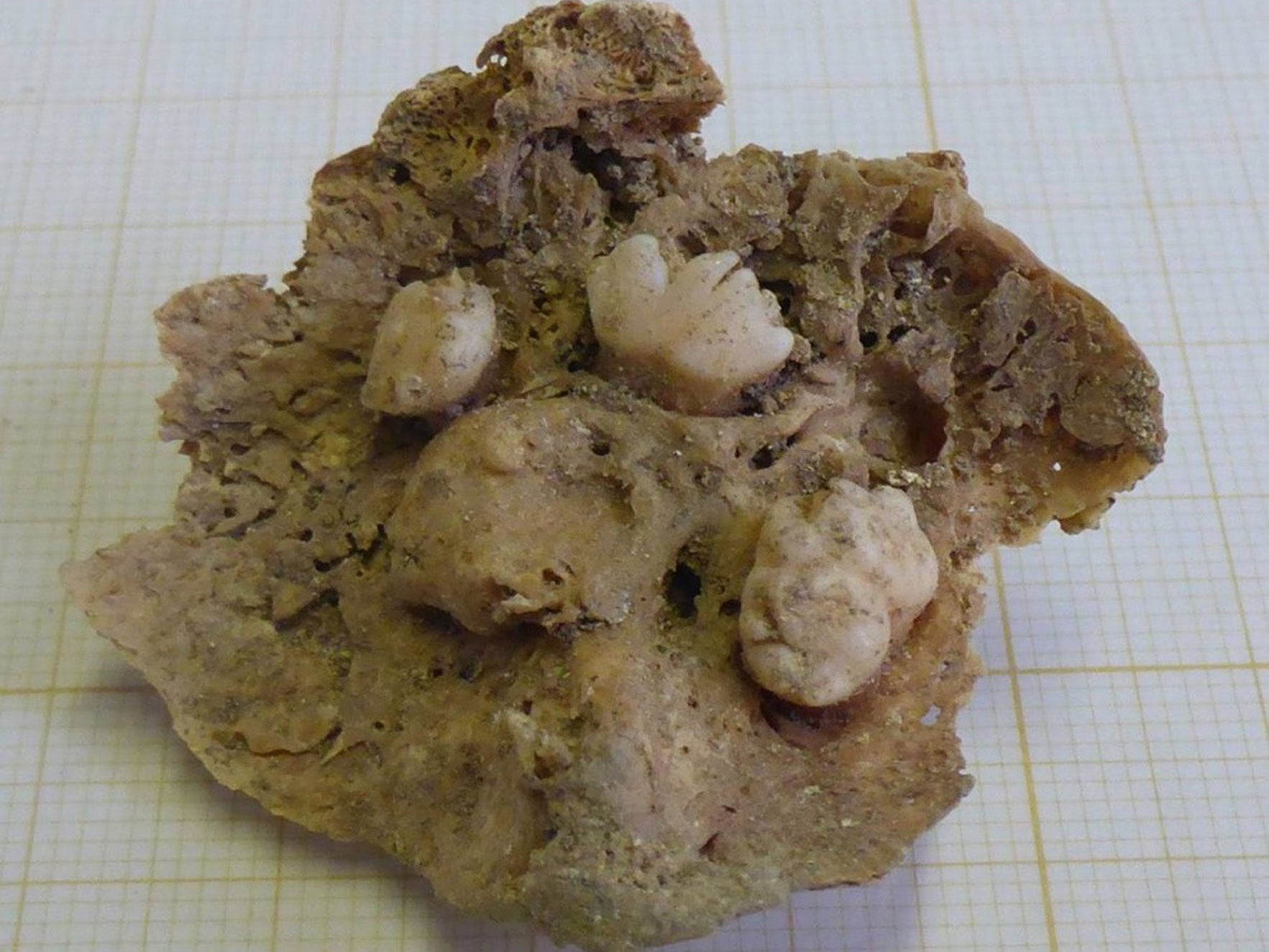Centuries-old ovarian tumour discovered in Lisbon grave by archaeologists
It contained five human teeth

Your support helps us to tell the story
From reproductive rights to climate change to Big Tech, The Independent is on the ground when the story is developing. Whether it's investigating the financials of Elon Musk's pro-Trump PAC or producing our latest documentary, 'The A Word', which shines a light on the American women fighting for reproductive rights, we know how important it is to parse out the facts from the messaging.
At such a critical moment in US history, we need reporters on the ground. Your donation allows us to keep sending journalists to speak to both sides of the story.
The Independent is trusted by Americans across the entire political spectrum. And unlike many other quality news outlets, we choose not to lock Americans out of our reporting and analysis with paywalls. We believe quality journalism should be available to everyone, paid for by those who can afford it.
Your support makes all the difference.Archaeologists excavating a graveyard in Portugal have discovered an ovarian tumour that is hundreds of years old.
The type of tumour, known as a teratoma, often contains a range of body tissues, such as hair and teeth, that form when cells that should become eggs instead develop into other tissues.
The tumour found in Lisbon measured 4.3 centimetres in width and contained at least five teeth, as well as signs of bone formation.
It was discovered at a graveyard next to the Church and Convent of Carmo, which is believed to have been used between the early 1400s and 1755, when it was badly damaged in an earthquake.
The discovery was made during excavation work of 42 graves in 2010 and 2011 but the tumour was only recently identified.
“When the archaeologists found this ovarian mass, obviously they immediately noticed they were in the presence of a very unusual thing that should be carefully recovered and transported for further analysis in the laboratory," Sofia Wasterlain, of Portugal's University of Coimbra, who led the study, told Live Science. "However, at that time they didn't know what it was exactly."
The scientists considered whether the find could be a dead foetus that had calcified but concluded it was most likely to be a tumour.
Teratomas are among the most common type of ovarian tumours and are largely benign, although a small proportion turn cancerous.
They are most common in women of childbearing age and can grow particularly big; the largest reported teratoma measured 45 centimetres by 25 centimetres in size.
In 2013 archaeologist’s in Spain discovered the 1600-year-old body of a woman with a calcified tumour in her pelvis.
Join our commenting forum
Join thought-provoking conversations, follow other Independent readers and see their replies
Comments